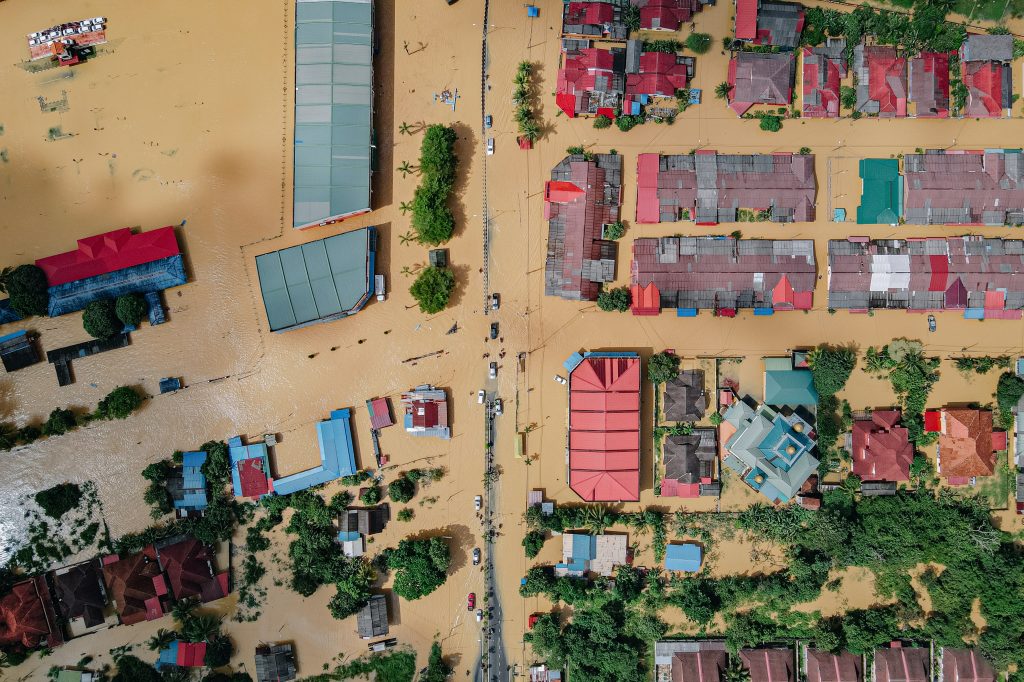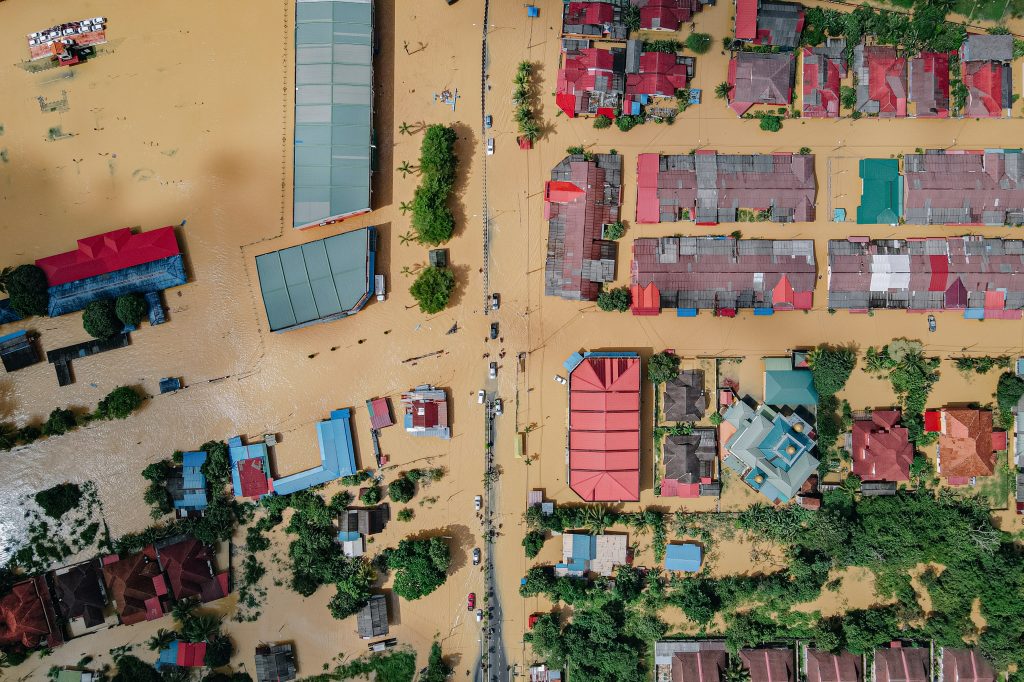Don't miss our holiday offer - 20% OFF!

Floods are natural disasters that often bring significant losses to communities, the environment, and the economy. Therefore, accurate and effective flood monitoring is crucial to reduce the negative impacts of floods. One breakthrough in flood monitoring technology is the use of pressure sensors. In this article, we will delve deeper into how pressure sensor technology can be used to accurately predict and address flood threats.
Contents
What Are Pressure Sensors?

Read also : Pressure Sensors: The Hidden Eyes Revealing the Secrets of Advanced Flood Monitoring Technology
Pressure sensors are electronic devices used to measure the pressure of liquids or gases in an environment. In the context of flood monitoring, pressure sensors are employed to measure the water level in rivers, streams, and flood-prone areas. This technology is highly valuable because it provides real-time data on changes in water levels, which can be used to predict potential floods.
How Do Pressure Sensors Work in Flood Monitoring?

Read also : Pressure Sensor Technology: Vital Tool in Electric Motor Health Monitoring
Pressure sensors used in flood monitoring are typically placed along flood-prone rivers or streams. They function by measuring the hydrostatic pressure of the surrounding fluid. When the water level rises, hydrostatic pressure also increases. This data is then transmitted to flood monitoring centers or computer systems that can analyze and process the information.
Advantages of Pressure Sensors in Flood Monitoring

Read also : Security and Privacy in Connected Parking Systems: Challenges and Solutions
- High Accuracy: Pressure sensors offer a high level of accuracy in measuring water levels. This allows authorities to obtain precise data about river conditions and potential flood hazards.
- Rapid Response: Since pressure sensors transmit real-time data, they can detect changes in water levels quickly. This enables preventive measures and early evacuations to reduce flood impacts.
- Cost Efficiency: Pressure sensors are generally more affordable than traditional monitoring methods, such as manual measurement stations. This makes them economically feasible for deployment in various flood-prone regions.
- Integration with Monitoring Systems: Data collected from pressure sensors can be easily integrated into broader flood monitoring systems. This allows the use of this data for flood prediction and emergency response coordination.
Addressing Flood Threats with Pressure Sensors

Read also : Security and Preparedness Enhanced by Smart EWS Technology
The use of pressure sensors not only aids in flood monitoring but also in effectively addressing flood threats. The data gathered by pressure sensors can be used to:
- Predict Floods: By continuously monitoring water levels, pressure sensors can assist in predicting upcoming floods. This enables residents and authorities to take preventive action earlier.
- Early Evacuation: Pressure sensors can detect rising water levels rapidly, allowing for early evacuations and improved rescue efforts.
- Water Resource Management: Data collected from pressure sensors can also be used for more efficient water resource management, such as regulating water channels or dams.
- Infrastructure Planning: Information obtained from pressure sensor monitoring can be used to plan better infrastructure, including flood control systems and early warning systems.
With the continuous advancement of pressure sensor technology, the prediction and management of floods are becoming more efficient and reliable, offering a critical means to mitigate the devastating impacts on our communities and environment. As this technology evolves, expect enhanced flood control and response in the future.





